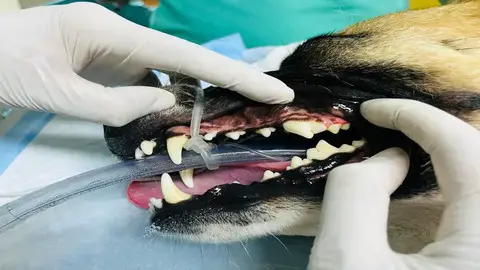
Analogies of Veterinary Patient Monitoring: Invasive is to non-invasive as NIBP is to?
Course Details
In this segment of a three-part play on word series, we compare non-invasive patient monitoring methods to their invasive counterparts. Patient monitoring is crucial to successful outcomes. A dedicated, trained veterinary professional who understands the application, mechanics and limitations of each monitoring device is best positioned to recognize complications. This session focuses on the use of obtaining blood pressure using non-invasive methods and counterpart, invasive blood pressure with arterial cannulation. Explore other vital information gleaned from the arterial waveform in this 1-hour session. Finish confident with a greater understanding for the limitations of non-invasive blood pressure monitoring and the value of obtaining arterial cannulation to evaluate invasive blood pressure in critical patients. This lecture has been RACE Approved for 0.5 CE hour for veterinarians and veterinary technicians.
Learning Objectives:
- Understand the relationship between NIBP and IBP methods through the review of limitations of non-invasive blood pressure modalities and limitation of invasive blood pressure monitoring modalities.
- Review the importance of monitoring blood pressure in patients including review of how the various modalities obtain objective values and increasing their dependability.
- Explore the future potential for understanding the arterial waveform and what might be gleaned from its evaluation.
- Reinforce the value of invasive monitoring counterpart, IBP to evaluate arterial blood pressure in critical patients.